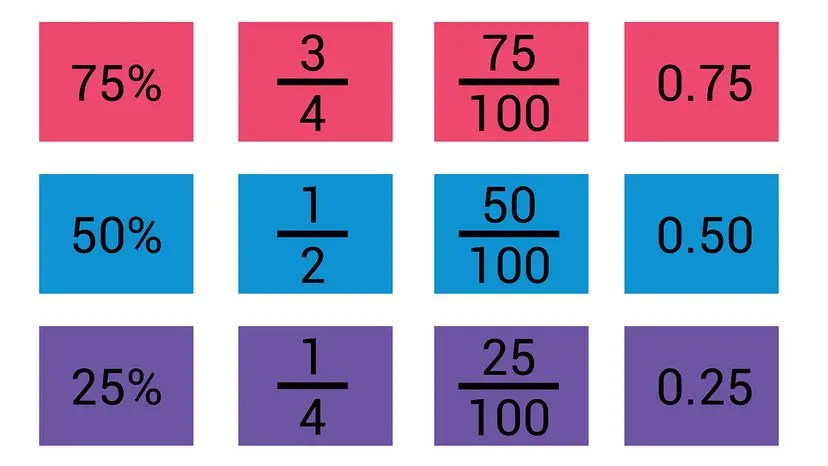Вивчення англійської мови може бути простим і захопливим, якщо підібрати відповідні матеріали та комфортний темп. На цьому сайті зібрані адаптовані тексти англійською, статті для читання та онлайн вправи, які підлаштовуються під рівень знань.
Тут можна почати англійську для початківців або навіть з нуля — усе повністю безкоштовно і доступно без реєстрації. Кожна стаття адаптована за рівнями (A1, A2, B1 і вище), щоб процес не перевантажував, а допомагав рухатися вперед і відчувати прогрес.
Для тих, хто хоче вивчити англійську мову самостійно, пропонуються різноманітні інструменти: читання англійською мовою онлайн, вправи з англійської граматики, практика англійської мови та тренажер англійських слів.
На сайті можна знайти англійські тексти з перекладом, щоб легше розуміти зміст нових слів, та англійські статті з різних тем — подорожі, робота, культура, повсякденне життя.
Якщо стоїть мета швидко вивчити англійські слова та покращити граматику англійської онлайн, підійдуть спеціальні інтерактивні завдання та рекомендації.
Для зручності є додаток для вивчення англійських слів та виразів, який нагадує про нові слова та допомагає закріплювати їх.
Усі матеріали створені так, щоб персоналізоване навчання англійській мові стало простим, доступним та результативним.
Understanding Numbers: Fractions, Decimals, and Percentages

The Different Faces of Numbers
Numbers often come in different forms, especially when we talk about parts of a whole. Imagine cutting a cake or checking a sale price. You might see numbers written as fractions, decimals, or percentages. These are just different ways to express the same idea: a portion of something complete. Learning how to switch between them makes understanding numbers much easier.
Fractions: Showing Parts with Division
A fraction uses two numbers, one on top and one on the bottom, separated by a line. For example, 1/4 means one part out of four equal parts. The top number tells you how many parts you have, and the bottom number shows how many parts make up the whole. That line in the middle? It simply means "divided by". So, 1/4 is the same as "1 divided by 4".
- Numerator: The top number (how many parts you have).
- Denominator: The bottom number (the total number of parts in the whole).
More Than a Whole: Improper Fractions
Sometimes, the top number in a fraction is bigger than the bottom number, like 5/3. These are called "improper fractions." They simply mean you have more than one whole item. For example, 5/3 means five parts, where each whole is made of three parts. So, you have one whole (3/3) and two more parts (2/3), or 1 and 2/3.
Decimals: A Smooth Way to Show Parts
Decimals are another common way to write parts of a whole. They use a decimal point to separate the whole number from the part. For example, 0.25 is a decimal. It represents a quarter of something, just like 1/4. Decimals help us see numbers on a continuous scale.
Percentages: Parts Out of One Hundred
Percentages tell us how many parts there are out of every hundred. The symbol % means "out of 100." So, if a store offers 25% off, it means you save 25 cents for every 100 cents (or 25 dollars for every 100 dollars). Percentages are very useful for comparing proportions clearly.
Converting Between Number Forms
The good news is that moving between fractions, decimals, and percentages is straightforward once you know the basic steps.
From Fractions to Decimals: Simply Divide!
The easiest way to change a fraction into a decimal is to perform the division it represents. Just divide the top number (numerator) by the bottom number (denominator).
- Using a Calculator: For a fraction like 3/8, type "3 ÷ 8" into your calculator. The answer will be 0.375. This is quick for any fraction.
- Manual Division (Long Division): You can also do this with paper and pencil. For 3/8, you would divide 3 by 8 using long division. You start by adding a decimal and zeros to the 3 (e.g., 3.000) and then divide. This method helps you understand the process deeply.
Repeating Decimals
Sometimes, when you divide, the decimal doesn't end. Instead, a number or a group of numbers repeats forever. For example, 2/3 becomes 0.6666.... We call these "repeating decimals." Another common one is 1/3, which is 0.3333....
From Decimals to Percentages: Move the Dot
Once you have a decimal, changing it to a percentage is very simple. Just move the decimal point two places to the right and add the percent symbol (%).
- If you have 0.375 (from 3/8), move the decimal two places right to get 37.5. Then add the percent sign: 37.5%.
- If you have 0.5 (from 1/2), move the decimal two places right to get 50. So, it's 50%.
Why Are These Conversions Important?
Understanding how fractions, decimals, and percentages relate to each other is a key skill for everyday life. It helps you:
- Understand discounts when shopping.
- Follow recipes in the kitchen.
- Manage your finances.
- Interpret data and statistics in news or reports.
Being comfortable with these different forms of numbers empowers you to make sense of the world around you, whether you're baking a cake or figuring out a loan payment.
Вивчення англійської мови онлайн відкриває нові можливості для саморозвитку та кар’єри. Адаптовані статті та тексти допомагають поступово збільшувати словниковий запас і впевненість у використанні англійської.
Регулярне читання та виконання вправ роблять процес навчання звичкою, яка приносить результат. Чим частіше ви взаємодієте з англійською мовою, тим швидше помічаєте покращення.
Матеріали на сайті підходять як для початківців, так і для тих, хто продовжує вдосконалювати знання. Кожен може обрати зручний формат: читання, вправи, тренажери чи комбінацію всіх методів.
Англійська мова — це ключ до нових можливостей: подорожей, роботи за кордоном, доступу до світової інформації та спілкування без кордонів.
Почніть вчити англійську вже сьогодні — з простих адаптованих текстів та вправ. Поступово ви побачите прогрес, а навчання стане природною частиною вашого життя.